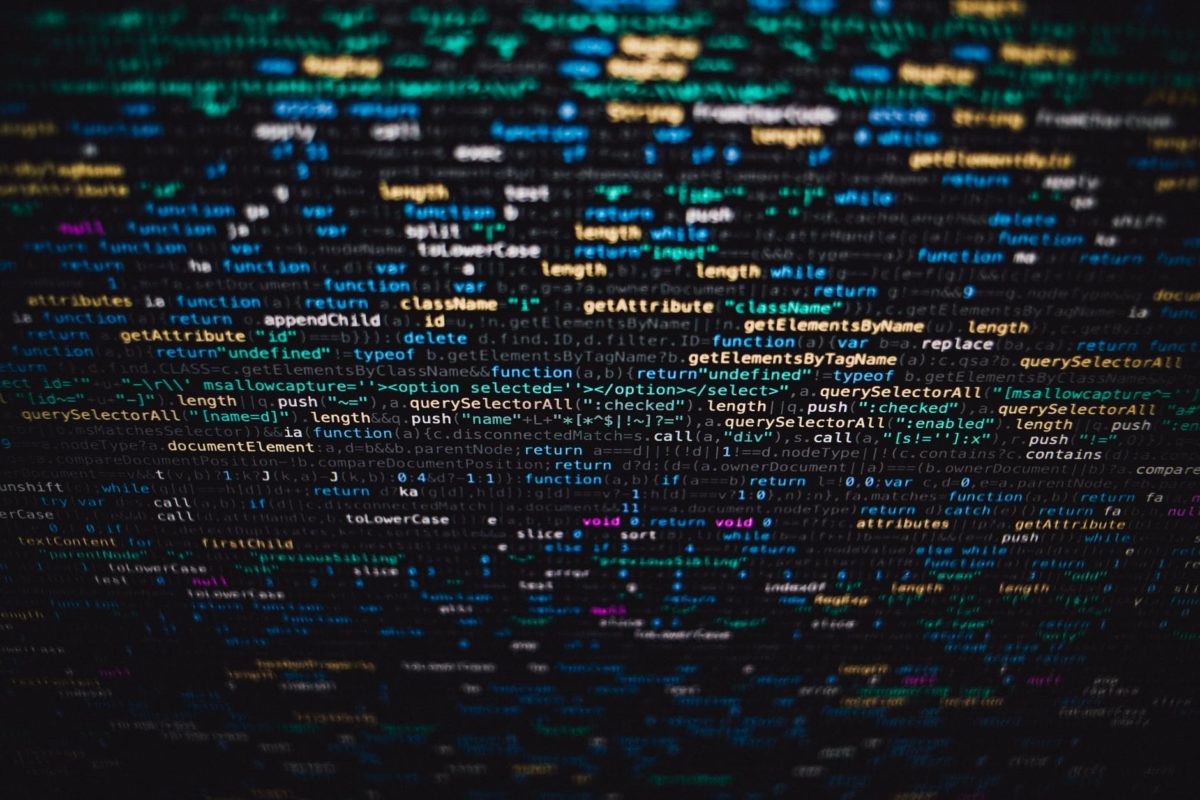What is Machine Learning, Simply?
Machine learning, or rather the idea machines can learn to ‘do’ without an explicit set of instructions (programming), has been the basis of many movies where humans end up getting the short end of the deal. But is machine learning truly that dire?
Unlikely. Machine learning, which is a subcategory of artificial intelligence, is simply a way for machines to imitate intelligent human behavior. It’s a type of data analysis that allows programs to learn via experience in order to complete complex tasks, much like humans problem-solve. This type of learning typically breaks down into two specific types: deep learning and reinforcement learning. But what’s the difference?
Deep Learning
Deep learning is essentially what you see in any young child as they start to understand that while chickens are birds, not all large birds are chickens. It is based upon the ability to classify both the common features (in this case: feathers, beaks, wings, etc) as well as the uncommon features that separate each grouping from each other (sound, size, feather pattern, beak length). This kind of hierarchical feature learning stacks multiple layers of learning nodes as observed data from one layer produces new outputs that are then fed to a higher level.
In deep learning, the machine begins with raw data that must then be sorted into relevant and irrelevant subsets. The machine, exposed to more data, improves over time. This is similiar to how a baby learns.
Reinforcement Learning
Meanwhile, reinforcement learning relies more on trying out slight variations of a problem. As results occur (favorable and unfavorable) data sets change until the best outcome emerges. This is reminiscent of “The Good Place” as Michael tries to create a better version of his neighborhood.
Reinforcement learning uses a closed-loop algorithm where each action receives feedback in a trial-in-error process until the best action is determined.
Continue reading “What is Machine Learning?”

You must be logged in to post a comment.